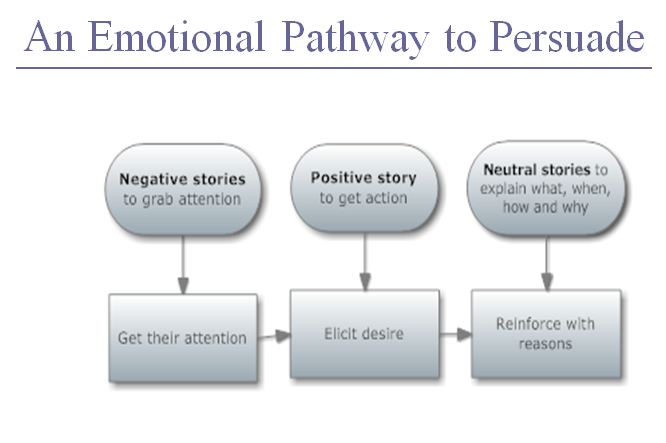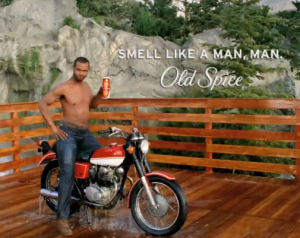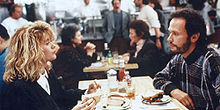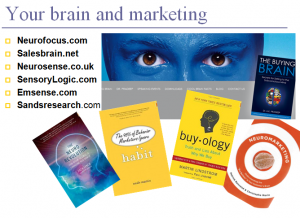 If you want your content marketing messages to be remembered, you must engage the emotional memories of your readers. Memory formation happens in two ways:
If you want your content marketing messages to be remembered, you must engage the emotional memories of your readers. Memory formation happens in two ways:
- A new memory is formed when it hits the amygdala and makes an emotional connection.
- A stimulus may hit the amygdala and be assimilated because it resembles a previously established emotional connection.
What results is a neural network of recalled associations that gets triggered by a memory of a hot-button stimulus. Everything we retain in memory is because it’s gained an emotional place in our brain. At some point, something was important enough because it was emotional. That’s what hot-buttons are… we feel as if someone has poked us.
What can you do to stimulate memory formation? Make an emotional impact.
How? As a content marketing professional, you have words and visuals in your quiver of tools. How do you poke someone and push their hot buttons?
Stories are key. Negative stories can get people’s attention, but can also leave a negative aftertaste, if not followed by positive stories. I’ve talked about this before:
► Grab the audience’s attention ► Stimulate desire ► Reinforce with reasons
What else can you do to poke someone’s hot buttons? How else do you make an emotional impact? Read More→










